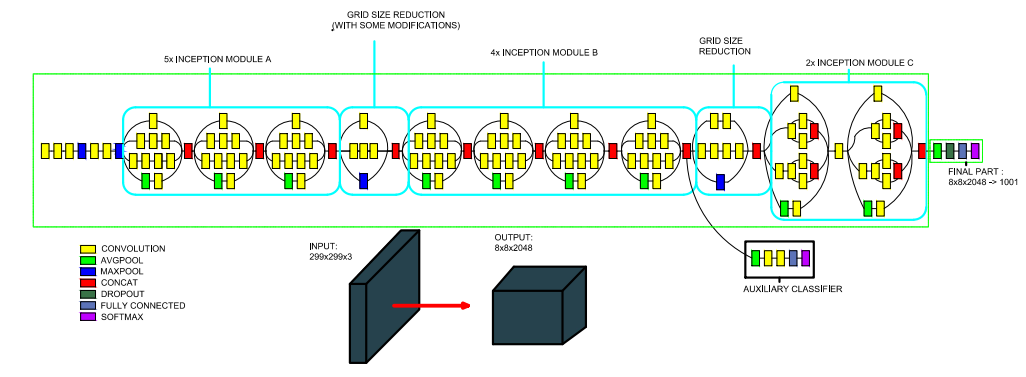Optimizing Pre-Trained Models of Deep Learning for Identification of Plant Disease
Main Article Content
Abstract
The Plant diseases should be identified early to prevent the economic loss of farmers and ensure the availability of food for humans. The plant disease identification can be automated by using the Artificial Intelligence techniques. Researchers have proposed many deep learning methods for identifying plant diseases. Deep learning models use an increased number of parameters, it requires higher computational power, training a deep learning model from start requires more time. In this article we utilized transfer learning along with fine tuning for identification of plant diseases. Cassava plant disease dataset was utilised for training. and evaluate the suggested model. The performance accuracy achieved by Resnet50 is 73.12 % and fine-tuned Resnet50 is 80.84 %. The fine-tuned model achieves greater accuracy with a lesser amount of parameters
Impact Statement–Artificial Intelligence is evolving all around the world. The AI techniques are used to automate the process of plant disease identification. Traditional methods are not accurate and time consuming. To help the farmers in diagnosing plant disease and stop economic loss to them, we employ deep learning models to do the work. The pretrained models predict the plant diseases, further we fine-tune them in order to get high accuracy. Early identification of the diseases accurately will avoid loss and improve productivity of the crops.
Article Details
References
Celia A. Harvey, ZoLalainaRakotobe,Nalini Rao, Radhika Dave “Extreme vulnerability of smallholder farmers to agricultural risks and climate change in Madagascar”, Philosophical Transactions of The Royal Society B Biological Sciences,April 2014.
MuhammadHammadSaleem , Johan Potgieter and Khalid Mahmood Arif , ,“Plant Disease Detection and Classification by Deep Learning”, Plants 2019, 8, 468.
JahnaviKolli; DharaMohanaVamsi; V. M. Manikandan, “Plant Disease Detection using Convolutional Neural Network”, IEEE Bombay Section Signature Conference (IBSSC), November 2021.
K. Simonyan and A. Zisserman, ‘‘Very deep convolutional networks for large-scale image recognition,’’ 2014, arXiv:1409.1556.
K. He, X. Zhang, S. Ren, and J. Sun, ‘‘Deep residual learning for image recognition,’’ in Proc. IEEE Conf. Comput. Vis. Pattern Recognit. (CVPR), June. 2016, pp. 770–778.
SimonKornblith, Jonathon Shlens, and Quoc V. Le, “Do Better ImageNet Models Transfer Better?”, arXiv:1805.08974v3, June 2019
Andrew Hernandez, Stephen Wright, Yosef Ben-David, Rodrigo Costa,. Enhancing Decision Support Systems through Machine Learning Algorithms. Kuwait Journal of Machine Learning, 2(3). Retrieved from http://kuwaitjournals.com/index.php/kjml/article/view/194
Sharada P. Mohanty, David P. Hughes and Marcel Salathé, “Using Deep Learning for Image-Based Plant Disease Detection”, Frontiers in Plant Science, September 2016, Volume 7
Sladojevic, S.; Arsenovic, M.; Anderla, A.; Culibrk, D.; Stefanovic,D. Deep neural networks based recognition of plant diseases by leaf image classification. Comput. Intell. Neurosci. 2016, 2016, 1–10.
Ferentinos, K.P. Deep learning models for plant disease detection and diagnosis. Comput. Electron. Agric. 2018, 145, 311–318.
Nimr Nimr, A. H. . ., & Naimi, S. . (2023). Improving Performance of Project through Utilizing Statistical Control Chart Based on Adaptive Management and Scientific Engineering. International Journal of Intelligent Systems and Applications in Engineering, 11(4s), 587–593. Retrieved from https://ijisae.org/index.php/IJISAE/article/view/2730
Geetharamani, G.; Pandian, A. Identification of plant leaf diseases using a nine-layer deep convolutional neural network. Comput. Electr. Eng. 2019, 76, 323–338.
B. Liu, Y. Zhang, D. He, and Y. Li, ‘‘Identification of apple leaf diseases based on deep convolutional neural networks,’’ Symmetry, vol. 10, no. 1, p. 11, 2018.
I. Ahmad, M. Hamid, S. Yousaf, S. T. Shah, and M. O. Ahmad, ‘‘Optimizing pre trained convolutional neural networks for tomato leaf disease detection,’’ Complexity, vol. 2020, pp. 1–6, Sep. 2020.
A. K. Rangarajan and R. Purushothaman, ‘‘Disease classification in egg- plant using pre-trained VGG16 and MSVM,’’ Sci. Rep., vol. 10, no. 1,pp. 1–11, Dec. 2020.
K. R. Aravind and P. Raja, ‘‘Automated disease classification in (Selected) agricultural crops using transfer learning,’’ Automatika, ?asopisZaAutomatiku, Mjerenje,Elektroniku, Ra?unarstvo I Komunikacije, vol. 61, no. 2, pp. 260–272, 2020.
Steven Martin, Kevin Hall, Ana Rodriguez, Ana Flores, Ana Silva. Machine Learning for Emotion Recognition in Educational Settings. Kuwait Journal of Machine Learning, 2(2). Retrieved from http://kuwaitjournals.com/index.php/kjml/article/view/186
Ramcharan, A.; McCloskey, P.; Baranowski, K.; Mbilinyi, N; Mrisho, L.; Ndalahwa, M.;Legg, J.; Hughes, D.P. A mobile-based deep learning model for cassava disease diagnosis.Front. Plant Sci. 2019, 10, 272
Oyewola, D.O.; Dada, E.G.; Misra, S.; Damaševi?cius, R. Detecting cassava mosaic disease using a deep residual convolutional neural network with distinct block processing. PeerJComput. Sci. 2021, 7, e352.
Chen, J.; Chen, J.; Zhang, D.; Sun, Y.; Nanehkaran, Y.A. Using deep transfer learning for image-based plant disease identification. Comput. Electron. Agric. 2020, 173, 105393.
SK MAHMUDUL HASSAN AND ARNAB KUMAR MAJI, “Plant Disease Identification Using a Novel Convolutional Neural Network”, IEEE Access, vol. 10,pp.5390–5401, 2022.
Iftikhar Ahmad,1 Muhammad Hamid,1 Suhail Yousaf,1 Syed TanveerShah,and Muhammad OvaisAhma, “Optimizing Pretrained Convolutional Neural Networks for Tomato Leaf Disease Detection”, Hindawi,Complexity,Volume 2020, Article ID 812019, 6 pages.
Rachana Patel,Sanskruti Patel, “A Comprehensive Study of Applying Convolutional Neural Network for Computer Vision”, International Journal of Advanced Science and Technology,Vol. 29, pp. 2161-2174, January 2020.

